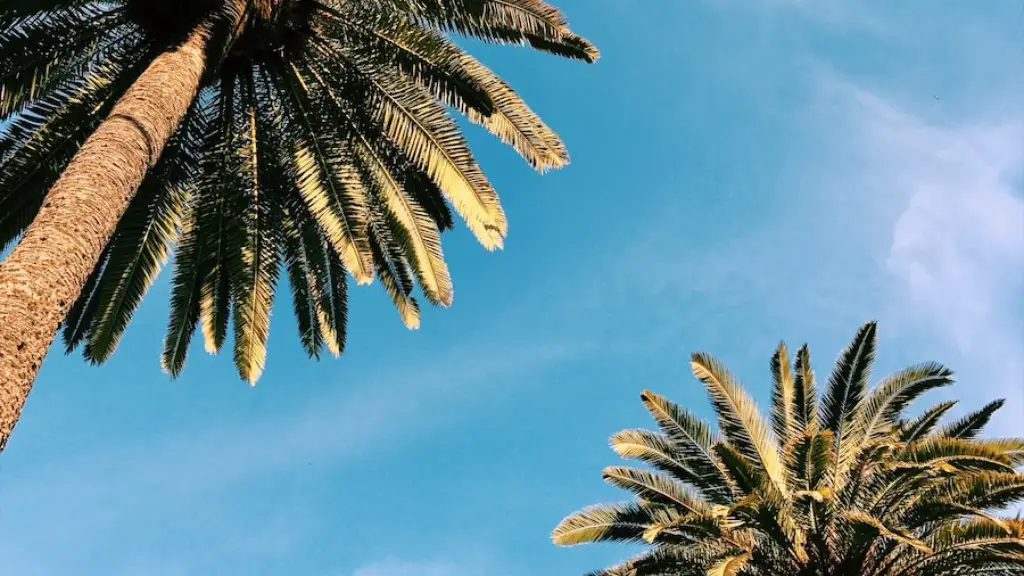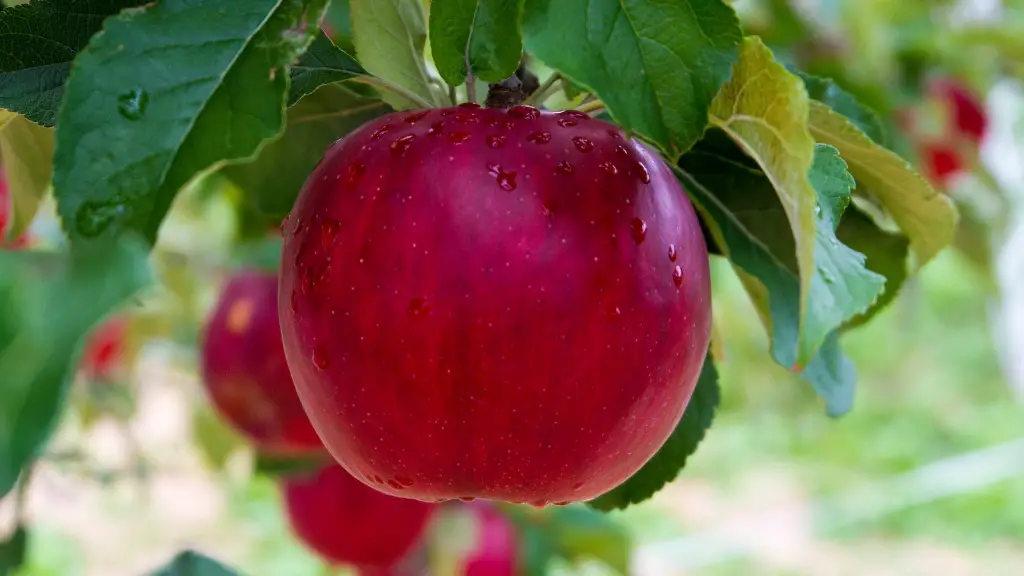Background
Clay is a popular medium for crafting, and a unique way to display a handmade piece of art is to create a palm tree. Clay palm trees can be used to adorn windowsills and other creative spaces, and bring a touch of nature indoors. Making palm trees out of clay is a fun project for kids and adults alike and does not require any special skills or tools. It’s a great way to express yourself and get creative. The process of making clay palm trees is fairly simple, but requires careful steps in order to achieve the desired results.
Materials and Tools
To make a clay palm tree, you will need some air-dry clay, a few paintbrushes, a plastic knife, some acrylic paints and a glaze spray to protect your palm tree. Make sure to use air-dry clay, as this will make it easier to craft and shape. Depending on the size of the palm tree you are making, you might want to use several blocks of clay. It is recommended to use a thicker layer of clay as well, as this will give your tree a more durable structure.
Creating the Base of the Palm tree
The first step when making a clay palm tree is to create the base. To do this, take some clay and form a cone shape. The cone should be taller than it is wide and have a flat bottom. To make sure the cone is even and balanced, slowly roll it in between your hands until it is shaped to your liking. Make sure the edges are clean, as this will determine how well the tree stands. Once you are satisfied with the shape, let the cone dry.
Crafting the Leaves
Once the base is dry, it is time to craft the leaves. To do this, take a piece of clay and roll it into a snake-like shape. Make sure that it is slightly curved for a realistic look. When you have the desired shape, cut it into small 2 inch pieces. These pieces will become the leaves. To create the outline for the leaves, take a plastic knife and make small incisions along the edges. If you have extra clay, you can even add a few small details such as veins.
Painting the Leaves
When the leaves are crafted, you can begin to paint them. Use acrylic paint to bring subtle colour and texture to the leaves. It is best to use a range of green shades, as this will make your palm tree look more realistic. Once finished, let the paint dry.
Attaching the Leaves to the Base
When the leaves are dry, it is time to attach them to the base. Place the leaves one by one around the cone, and make sure to attach them securely. Once all the leaves are in place, you can use a plastic knife to add some texture to the tree by drawing wavy lines through the leaves.
Adding Details
Adding details is a great way to make your clay palm tree unique. You can use small pieces of clay to create fun shapes or symbols. You can also add a tiny creature such as a bird or reptile to the tree, as this will make it look more realistic. When you are satisfied with the details, let them dry.
Finishing Touches
Once the details are dry, you can use a glaze spray to seal and protect your palm tree. This will make it durable and able to withstand any changes in temperature or humidity.
Adding a Trunk
To add more realism to your clay palm tree, you can include a trunk. Taking a piece of clay, roll it in a cylindrical shape and cut it into smaller pieces. Place the pieces around the base and use your fingers to flatten the edges. When the trunk is in place, you can use a plastic knife to add some texture.
Attaching the Trunk to the Base
Once the trunk is created, you can attach it to the base. Take a small piece of clay and form it into a thick cylinder. Place it between the base and the trunk, and press it firmly. To make sure the trunk is securely attached, you can use a plastic knife to make small incisions along the edges.
Painting the Trunk
Once the trunk is attached it is time to paint it. You can use a dark shade of brown or green to represent the bark of the tree. Once finished, let the paint dry.
Adding Tools and Accessories
To make your clay palm tree even more interesting and unique, you can add tools and accessories. These can include small tools such as shovels and rakes, as well as decorative items such as pineapples or coconuts. Be creative and explore different options.
Finishing the Clay Palm Tree
Once the tools and accessories are in place, it is time to finish the clay palm tree. To do this, use a glaze spray to protect and seal the tree. This will make the palm tree more durable and less prone to damages. When the glaze is dry, your clay palm tree is complete and ready to be displayed.


